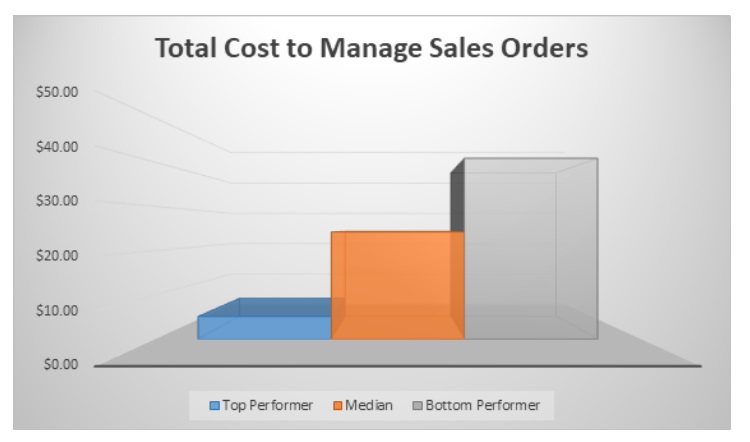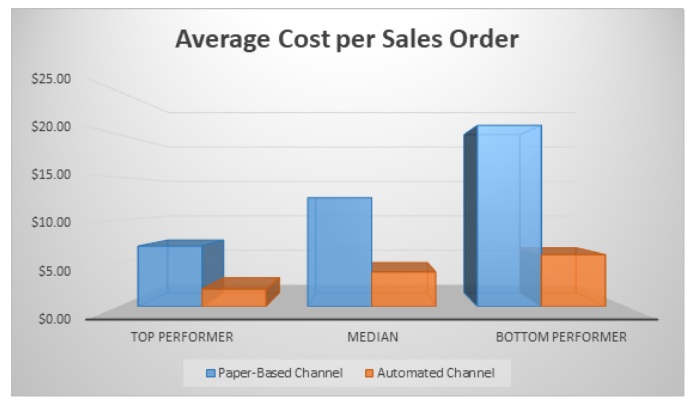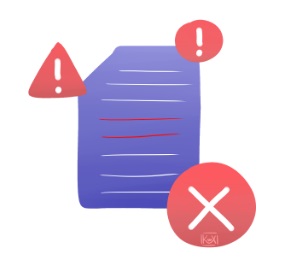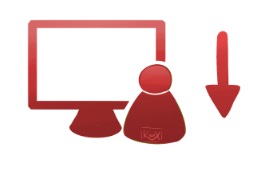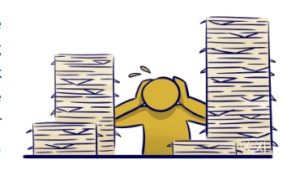The demand to stop manual encoding and handling data increase rapidly as business advances. How much time do you consume on manual encoding? If you think about your business and the cost behind, I am sure you will come up with a significant amount. After having that figure, think about the developing automation system where businesses grow systematically. Where do you think you will gain more? And cost less?
Demonstrating operating cash and organization productivity thrown away is one way to show the disadvantage of a manual process. A report using process execution metrics explains pauses that are unjustifiable. Like in invoice processing, significant gaps from top to bottom execution(in terms of pacing and cost) call firmly in favor of automation. Invoice processing is a section that continuously challenges innovations or modifications like digital process automation (DPA), data consolidation, and cloud-based software solutions.
Bottom performers cost eight times more than the top performers. They were calculated by dividing the total cost to complete the process by the number of sales orders assigned.
The surprising gap in cost performance implies that this field needs to be reviewed. You need to examine which components you need to optimize, and the most vital cost driver is labor. Imagine the process that it needs, to gather the phone/fax orders, encode it to the system, launch the work-flows up to completion, and transmit the status to your buyer. Think about the time consumed and cost if you miss one of the steps in the process, errors during data encoding, or a revision or change request due to incorrect items received. Not to mention the possible cost of the work done repeatedly by your employees when they can allocate that time to a more valuable task.
Manual data entry is a typical process in growing businesses. Before, it is the norm and an easy solution where processes can be completed efficiently. Now, it becomes less adaptable and less cost-effective.
Frustrations in Paper/Manual Processing
Now you know how much businesses pay by doing that first step of processing an order, your auditors might want to review its hidden drivers. With this said, companies who still use paper-based protocols have much higher costs than businesses who already switched to an automated system in order processing.
This is calculated by matching the average cost per sales order for these two different channels.
- Labor-cost
When you invest in training, payroll, facilities, equipment, and benefits, you’re paying employees to copy and paste data. Revisions and data re-entry because of manual errors can delay your work, leading you to hire more employees just to keep things moving.
Paper-based and manual processes during the hiring process can cost up to 20 times more than computer-assisted electronic document processing.
- Lack of Visibility to Process
Manual processing is inconsistent and harder to track than automated activities. Since you did not start having 100% accurate information, the understanding you get from manual handling will be inaccurate. Lack of visibility also affects customer service. It’s not easy to fix process bottlenecks and delays that disappoint customers if you can’t identify the problems.
45% of controllers surveyed identified a lack of visibility into invoices and payables information as to their top payables challenge
- High Error Rate
People make mistakes. It’s ultimately common when manually encoding data in multiple systems for invoice processing. You will read a lot of reports regarding human error that it costs the business a large amount of money. Connect it to the portion of time consumed double-checking information. Each month that you handle the information or correcting mistakes twice, errors could double the cost of data encoding and other expenses like with courier in correcting errors and refunds.
When an error rate is high, a business could end up overcompensating staff or get into financial/legislative trouble. Manual processing does not make sense when it comes to the systematic, sustainable advancement of the organization.
An example is when a customer sends an order request. The Customer service agent prints and files the order request when received then manually enters the order details. Then CSR will create a shipment request and manually re-enters the pickup date, location, and time.
All of this manual repetition can create errors that lead to delays and unhappy customers.
- Productivity delay / Time-Consuming
Encoding data manually to multiple applications takes a lot of time. You consume a lot of time waiting for details to update numerous platforms in the process. Imagine the weight on your potential in making decisions about completing new purchases or managing new inventory. Without an updated, accurate report, it will result in a loss of revenue and a loss of trust from your client.
Practicing Manual processes, you need to train employees, which takes time for completion, or you will have to hire professionals or outsource. Even after the training or hiring professionals, the chance of making errors and loss of focus is going to be significant for a large volume of data processing.
22% of your staff time is spent on repetitive tasks. 40% spent searching and organizing details. This data means that your business is losing tons of dollars a year from inadequate productivity tools alone.
- Work-Flow Inconsistency
Each of your staff has a different workflow. Settling these workflow differences across all your employees can be costly. Manual changes and errors within crucial tasks such as order processing, order acknowledgment, accounts receivables, and shipment tracking can directly affect your profitability.
- Compliance Risk
When you work on crucial tasks manually, it’s easy to jeopardize compliance. Like when you set up a new customer profile, employees may key in incorrect information when verifying and validating identity as required. Failure to follow the rules and requirements can result in a substantial penalty and fines.
- Bad data
Common data encoding hurdle that administrators meet is missing values. Designating blank values, insignificant replacements, default values, or the first record that appears may create errors in the output. It can be the result of inadequate training or unfortunately, human negligence. The result is that someone must re-enter or correct the data, which means loss of time and money.
If the challenge is about the cost of correcting and error or quality, you may apply the 1-10-100 rule. This rule is useful in measuring data quality using possible expenses.
- The Prevention Cost (1): Verifying the quality/maintenance will cost the business $1
- The Correction Cost (10): If the prevention cost did not happen then correcting the record which involves re-doing it and duplicating takes place, costing the business $10
- The Failure Cost (100): If none of the previous happened, then the failed record is seen to cost the business $100
This rule shows that prevention is better than cure, and this rule will let businesses realize problems ahead. Regular maintenance on a database is essential to make sure that no high costs due to bad data happen for your business, and making sure the data you get is of high quality.
- Lack of Flexibility
Manual processing can slow you down if you’re trying to scale rapidly. If repetitive tasks depend on the employees to complete them, scaling up on a seasonal or peak times is remarkably challenging to manage from a resource and cost aspect. You necessarily need to find, hire, and train new employees that take time to guide during the learning curve. Due to a lack of qualified employees or the failure to adapt to changing demands quickly, you are losing your advancement opportunity.
- Uses a Lot of Space
The most significant downside of paper-based processing is the amount of space it uses. As a start-up business, it may not be a big deal at first, but once you start growing, you would want to look for new ways to store files. A paper-based process means you have to put too much effort and time into looking for that one file your customer needs, and a misplaced document is possible as well, which interrupts your productivity.
- Customer Service
Customer Service spends more time sifting through a ton of paperwork instead of providing excellent service to your customers/clients.
Disorganized, manual processes cause a ripple effect that affects customer service and the urgency at which you can answer to inquiries. Customers usually need to provide information repetitively, because CSR’s are taking time to give the answer that they need. If you count on a manual process, you will have a hard time providing speedy, convenient service and support to your customers/clients.
Customers switched to a different provider due to poor customer service.
- Backorder Cost
Backorder costs are charged to a business for failing to immediately fill an order and advising the customer that there will be delays. This type of value can be direct, indirect, or randomly estimated.
- Absence of Security
Paper-based processes are less secure than electronic filing systems. Documents can easily be misplaced. Not keeping our customer’s information or data safe may mean discontinued business relationships with them. Anyone can easily access your filing cabinet than a computer that requires a password.
How can we avoid Manual Costs?
The solution is to map critical processes, find disorganizations, and take advantage of technology to automate or develop these significant and time consuming manual processes.
Digital Process Automation demands business decisions. The solution to this change, of course, is connecting your business systems. The advantages of a connected system are, it lets you access that essential data immediately, on any device, wherever you are. Integration means precise, visible data that gives more reliable, more accurate information for fast and precise decision-making.

